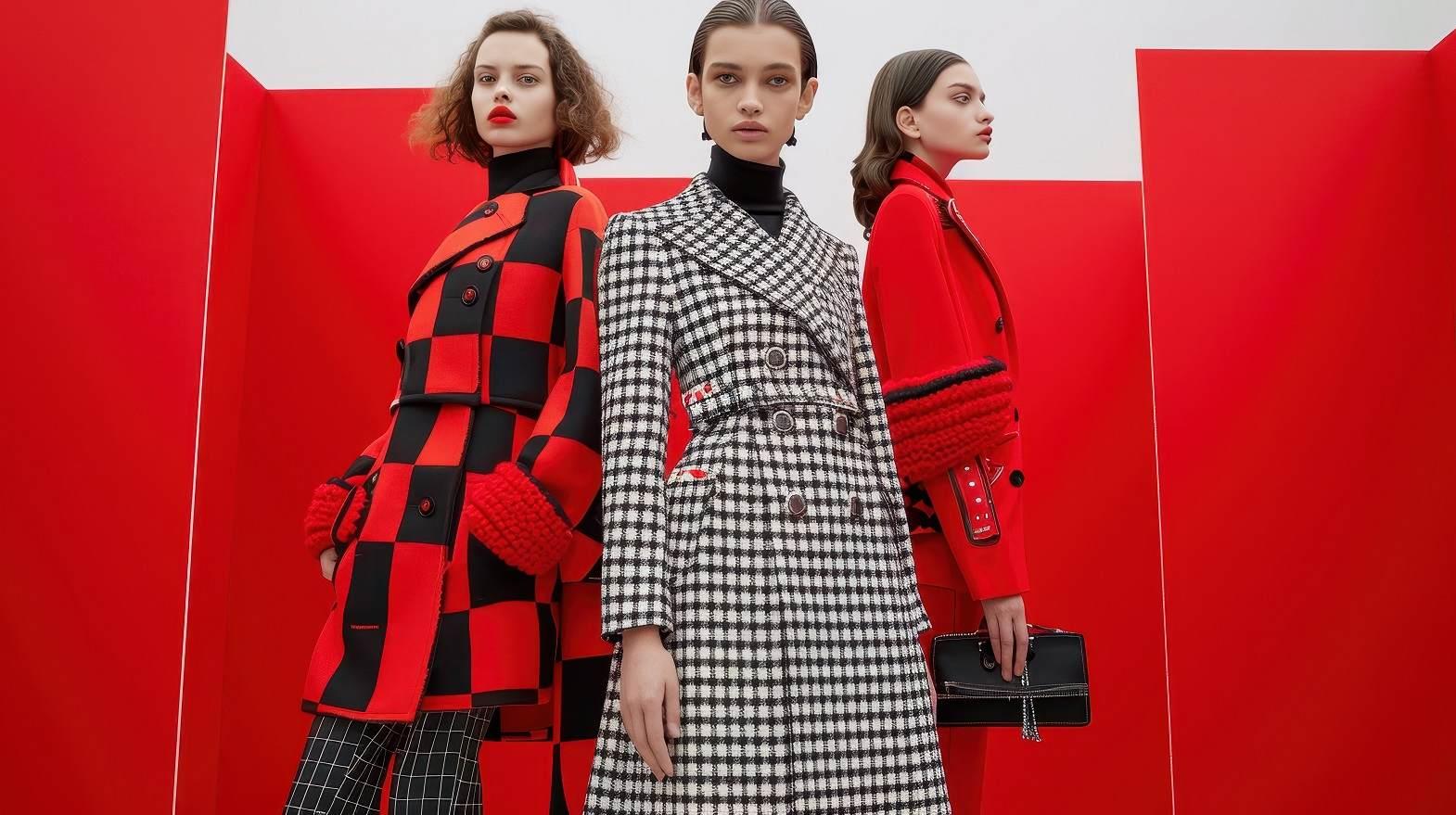The period between the two world wars is considered to be haute couture's first golden age. At this time, the leading patrons of the art of fashion were sophisticated and cosmopolitan women who traveled constantly between Paris, NewYork and resort towns such as Biarritz and Palm Beach, feeling equally at homein all these places. Paris was the host city for fashion culture. As Gertrude Stein (1874-1946) simply puts it, fashion "must always be made to be French." i
From the early decades of the twentieth century, hundreds of thousands of tourists appointed Paris their playground. Traveling in luxurious ships, wealthy tourists arrived for extended stays, thirsty for high culture, avant-garde art and haute couture. "Buying is of as much importance as sightseeing inthis enchanting city", suggested Th�r�se and Louise Bonney in their Shopping Guide to Paris. ii Worldly women, who believed in the theatricalfacet of clothes, turned to couture as means to display their good taste and influence people.
The Honorable Mrs. Reginald Fellowes (1890-1962), known as Daisy, was a half French, half American fashion icon starting in the 1920s. Her sleek and modernstyle found its ideal match in Chanel's deceptively simple clothes, which she adorned with enormous jewelry. Daisy Fellowes was known for ordering the same dress in different colors and for her obsession with details such as working pockets.
Read Full Article








Comments